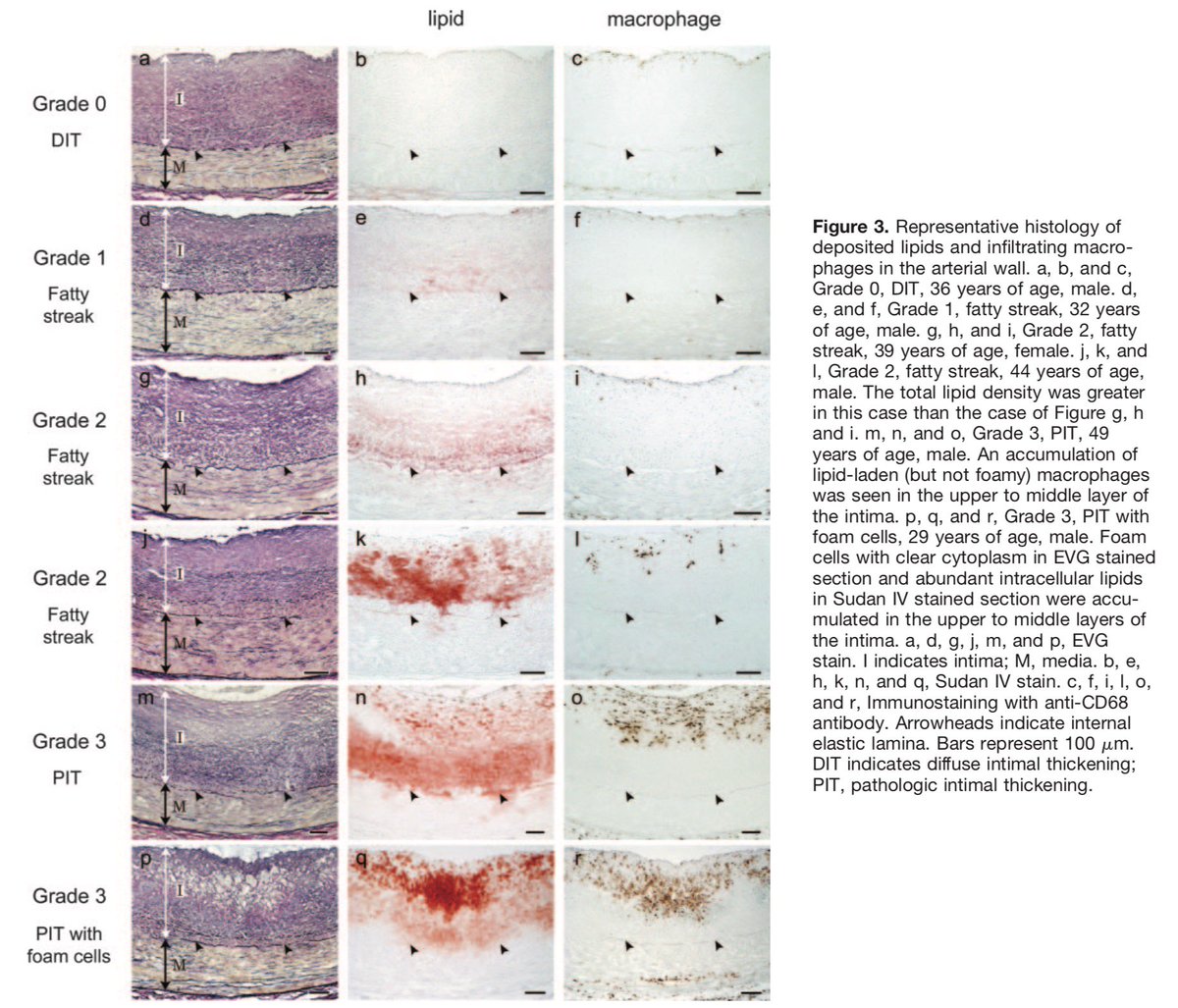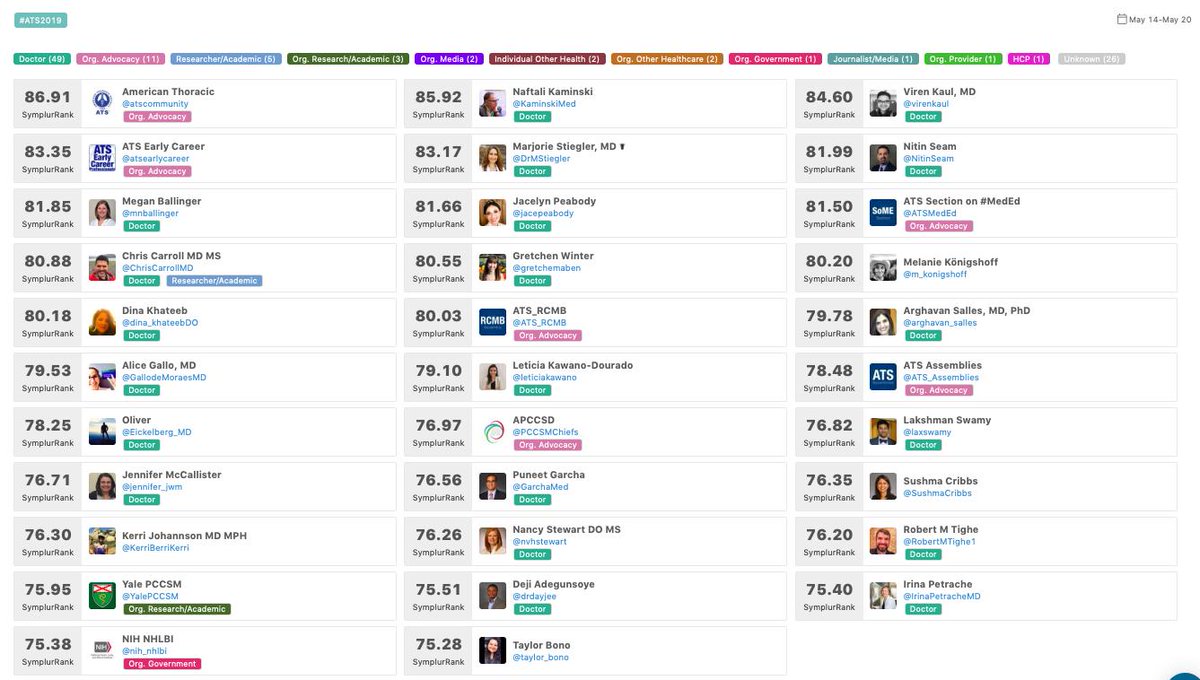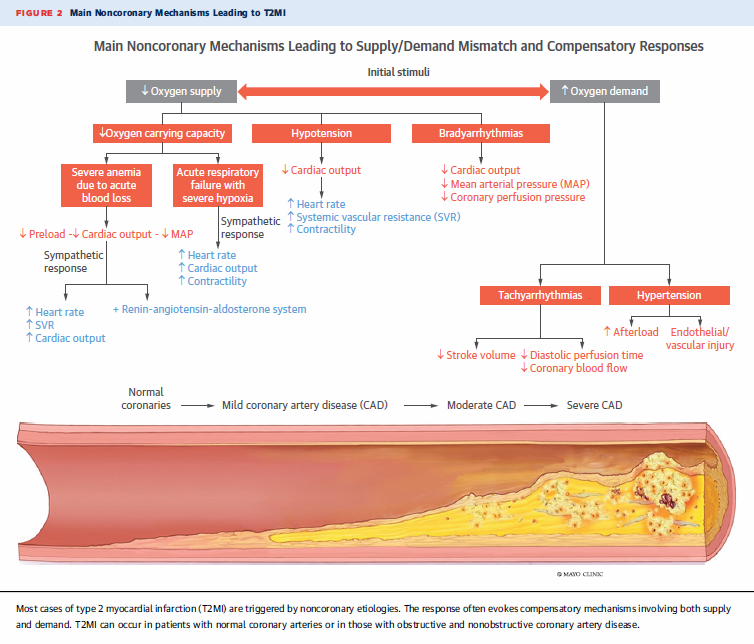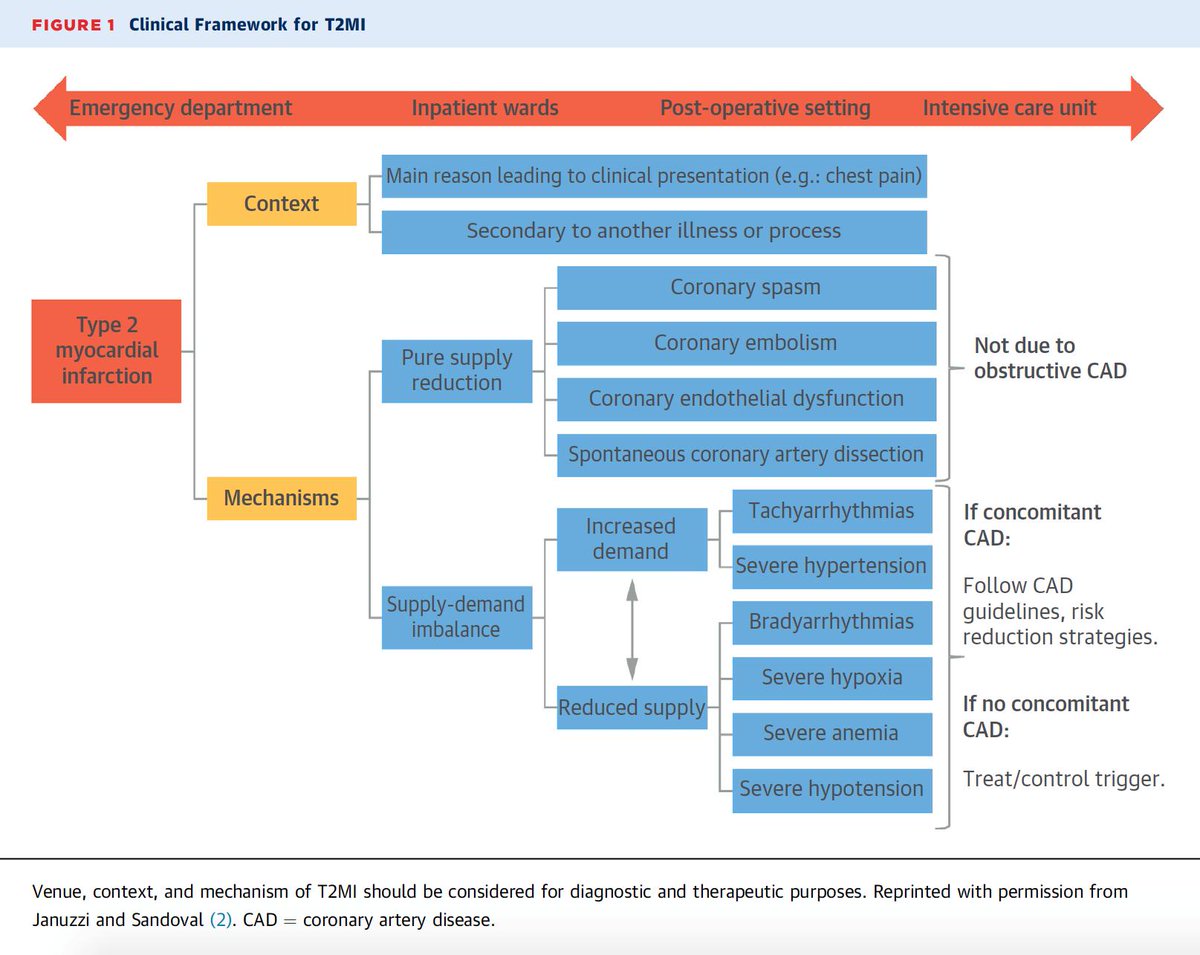I thought his blocking was all about the occasional intermittent mention of him in a mildly unfavourable light.
Please @greggwstone can you please unblock me?
(A) Recruit from 2 kindergartens and 2 university cafeterias? So 4 in total, not 2?
(B) Get rid of the kindergarten?
(C) Get some in-between patients
So you have seen the two variants of "Gymnasts and Grannies".
Now let's "take it to the next level", as they say on the Apprentice.
I am giving time for people to
(a) use their intuition, or
(b) run a few simulations in Matlab or R, or
(c) do it manually in Excel, or
(c) ask anyone who is currently completing a PhD, who may being doing this for real.
Pick the closest harmonious celestial fraction to the true answer.
On average removing the 50% of most unprofessional patients achieves a correlation of ... 0.78!
Cut the disrespectful 50% of data points and you get correlation coefficient to jump from 0.00 to 0.78.
1. Grannies and gymnasts
2. Continuous G & G, to fill in the embarrassing gap in the middle
3. Remove/block disrespectful people
I mean, the home of Bernie Madoff, I expected more flexibility.
So I've decided to go to New York to find out for myself. It will take a few hours but here are some revision questions to keep you occupied.
You have invented a supercomputer programme to predict weather. You've taken in 1 billion of funding and you have your machine at last.
Unfortunately it doesn't work. Hopeless.
However Francis Industries has a suggestion, free of charge (for the usual fee).
'You mean, not actually calculate it but just WRITE IN a made up value?'
"Yes, it's quite a standard approach when you have no idea what you are doing. We recommended it to Bernie and Nic and they loved it."
The CFO (Chief Fraud Officer) smiled back.
"Do some in summer and some in winter!"
In summer, which will vary more, the predictions (average of last 7 days) or the actuals?
In the winter, on most days
* the last 7 days will have LOW temperatures, e.g. 8 degrees Celsius
* the actual next day's temperature will be LOW, e.g. 8 degrees.
This will give a clump of dots, where?
Hint: low, low
* the last 7 days will have an average temperature that is quite high, e.g. 20 Celsius
* the actual next day's temperature will also be quite high, e.g. 20 Celsius
This will give a clump of dots, where?
Which will be MORE VARIABLE:
* single-day temperatures (e.g. tomorrow's temperature)
* AVERAGES of 7 days of temperature (e.g. average of last 7 days)
Y-axis (tomorrow's 1-day temperature) more variable
X-axis (7-day average temperature) more variable
Equal variability
Within-clump Y showing more variability than X,
Within-clump X showing more variability than Y,
Within clump variability identical for X and Y
But the Francis Industries CFO suddenly has the smile wiped off his face.
'The validation research study has to be done in the next 4 weeks. No hanging around for a year.'
Francis Industries has a wholly owned but completely independent charitable subsidiary known as the Krooked Research Foundation, KRF.
We have branches all over the world from Antarctica to Zimbabwe.
Will this work?
The Antarctica data will be bottom left.
And Zimbabwe top right.
Gymnast and granny plan, using geographical space rather than time.
That would make the continuous granny and gymnast ploy.

















